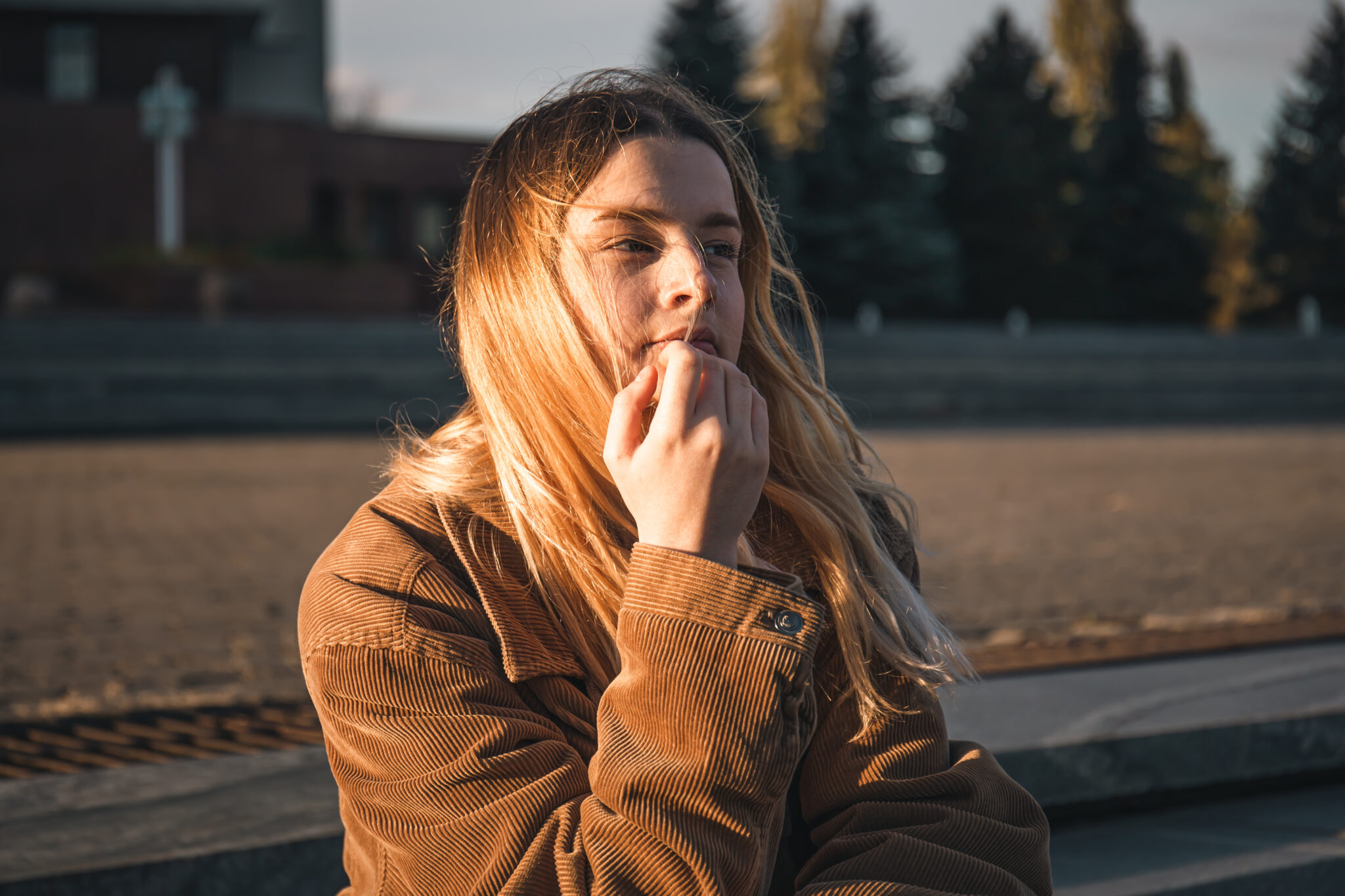Autumn has finally begun, and for many people, that means hay rides, apple cider donuts, scary movies, and getting excited for the upcoming winter holidays. However, for people who suffer from seasonal depression, the cooling weather and shortening days might bring a certain sense of dread, and the knowledge that they aren’t going to feel quite themselves until spring rolls around again.
Seasonal affective disorder (SAD) or seasonal depression is fairly common, and while it isn’t fully understood what causes it, some of the leading theories have led to forms of treatment and management that lots of sufferers find effective. If you tend to feel low in the colder months, you aren’t alone, and you don’t have to struggle alone either! Now is the time to start taking proactive steps to lessen your seasonal depression this year so that the next few months are easier to get through. Here are some tips to keep in mind!
Maximize Light Exposure
A significant amount of research and anecdotal evidence suggests that the lack of sunlight during the winter can be a contributing factor to seasonal depression. Light therapy is often helpful in treating this disorder, whether that comes in the form of artificial lightboxes (sometimes colloquially called “happy lights”) or trying to get outside and soak up some rays during peak sunlight hours.
During the autumn, it’s not a bad idea to get outdoors and into the sun as much as you possibly can in preparation for the winter months. This could also be a good time to try out a lightbox if you never have before and see if it helps your mood. Build it into your routine before the winter comes, and it just might help you to feel better!
Build or Maintain Healthy Habits
Proper diet, sleep, and exercise routines are to depression what stretching is to lifting weights. Stretching isn’t going to make you stronger or better at lifting weights, but it will set you up for success and give you the best possible conditions to work in. Similarly, eating well, resting enough, and getting physically active are not going to cure your depression, including seasonal affective disorder. However, they will set you up for success by keeping your body and mind in the best possible state, and they can get you part of the way to feeling better.
Starting a proper routine is incredibly difficult to do when you’re in the throes of depression and have low energy and motivation. Instead, try to focus on building those healthy habits now, and if you already have them in place, keep them up! It’s easier to stick to an existing routine than it is to start a new one during the sad and gray winter months.
Make Plans with Friends
Lack of sunlight is just part of the combination of things that’s believed to cause seasonal depression. Isolation is also a huge component of the disorder. During the winter, we tend to hunker down alone in our homes more often, spending less time with friends and loved ones and more time with our immediate family or by ourselves. This loneliness can be incredibly debilitating for someone who suffers from seasonal depression.
The way to counteract loneliness is to seek out connection, and there’s no reason you can’t build that connection into your schedule ahead of time! Set up some times and dates to meet up with people you love during the winter months when you know you won’t be feeling your best. Try to choose positive, upbeat people in your life who you know will be understanding and lift you up. This way, you’ll have something to look forward to on difficult days!
Create Treatment Plans
Sometimes, light exposure and exercise routines aren’t enough to help you boot seasonal depression, and in these cases, it’s best to seek out treatment options like therapy or antidepressant medications. Whether you’ve previously used these treatments, are using them now, or have never tried them before, the time to start them isn’t the middle of winter when you’re feeling your worst, but now!
This is especially important if you’re planning on starting medication or changing your dosage to help you get through a bout of seasonal affective disorder that you know is coming up. Most antidepressants take time to build up in your system and reach full efficacy, and you’ll want them working hard once the winter rolls around! Therapy is also a long-term solution to depressive disorders, and starting therapy, restarting therapy, or bringing up seasonal depression to an existing therapist are best done sooner rather than later, to give you and your therapist plenty of time to work on solutions together.
If you’ve tried treatments and management methods like this before and found them unhelpful, you might be a good candidate for TMS, or transcranial magnetic stimulation, an alternative treatment that is especially effective for people with treatment-resistant depression. To learn more, please contact us today!

